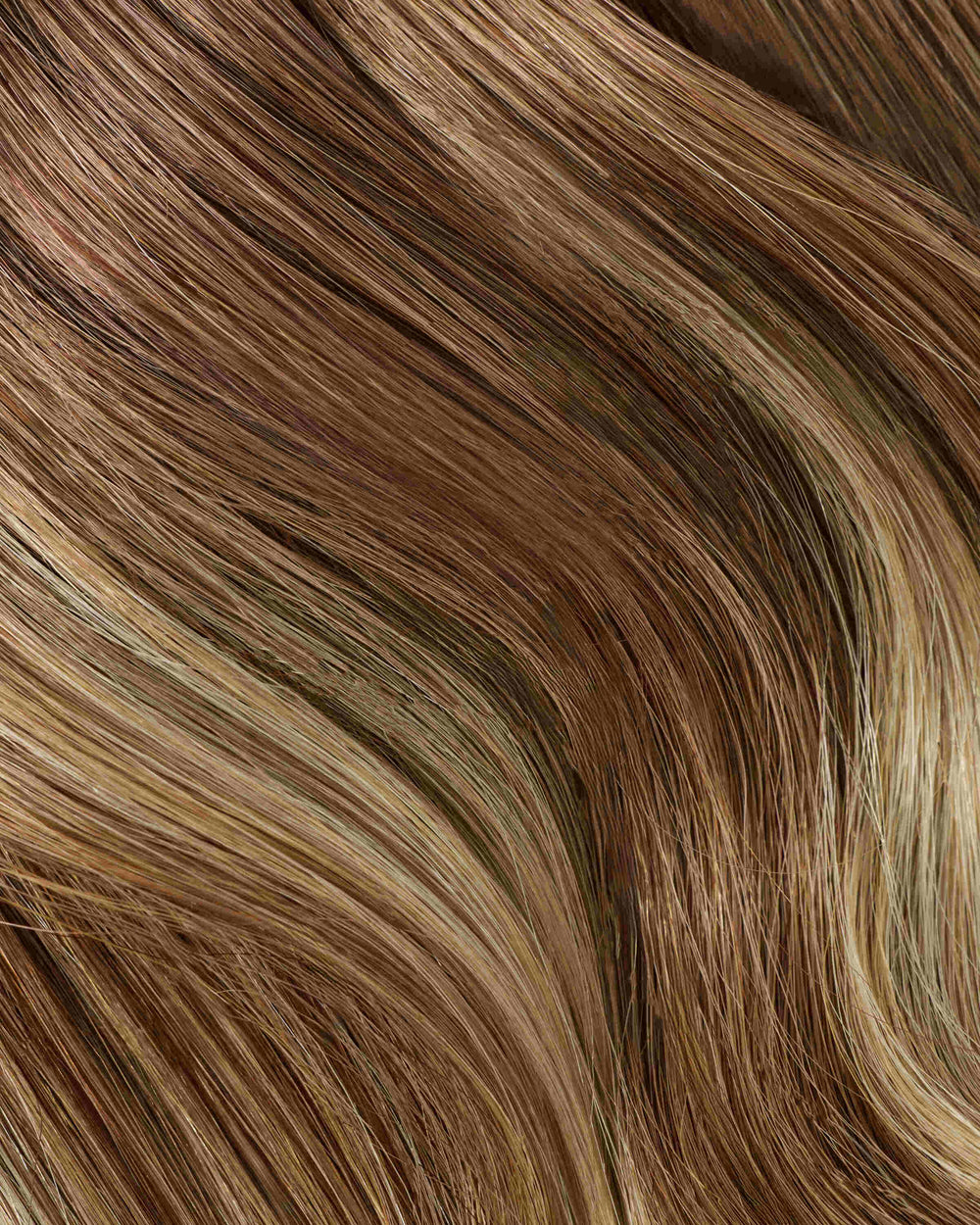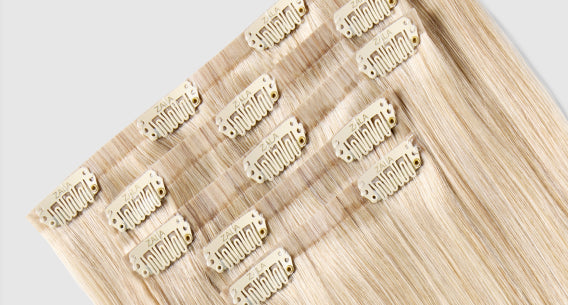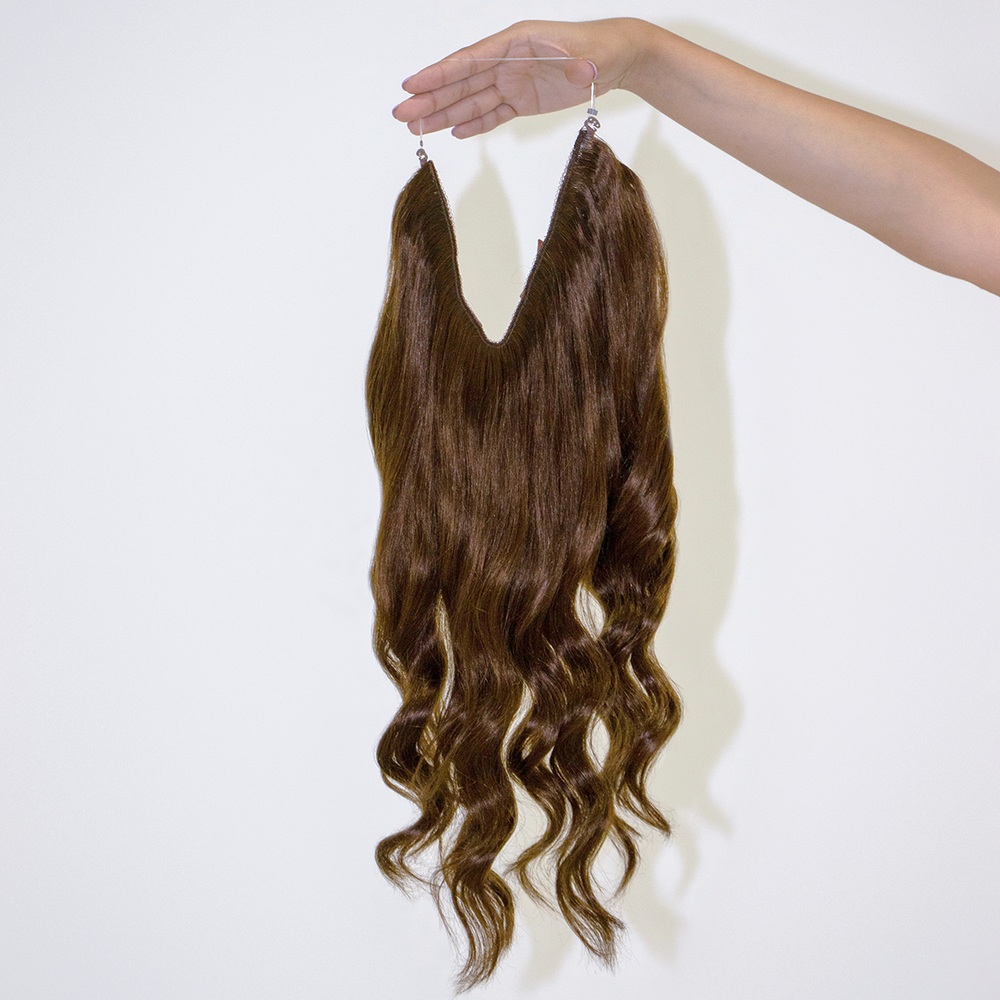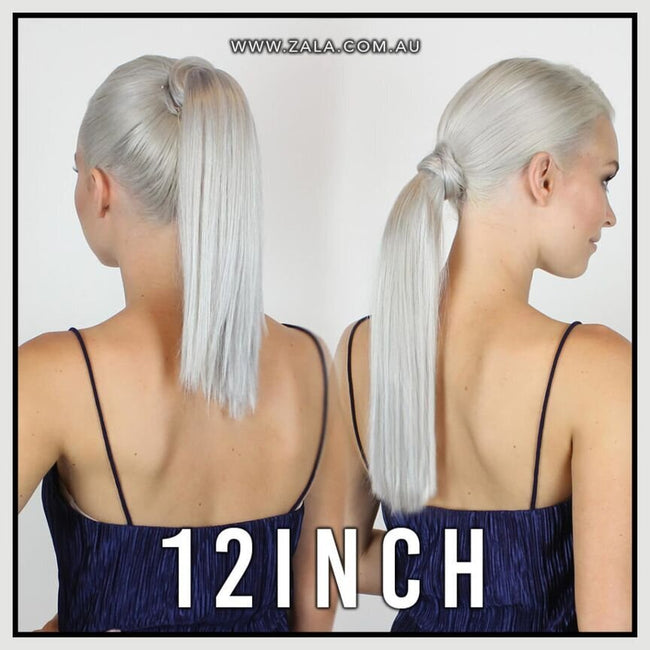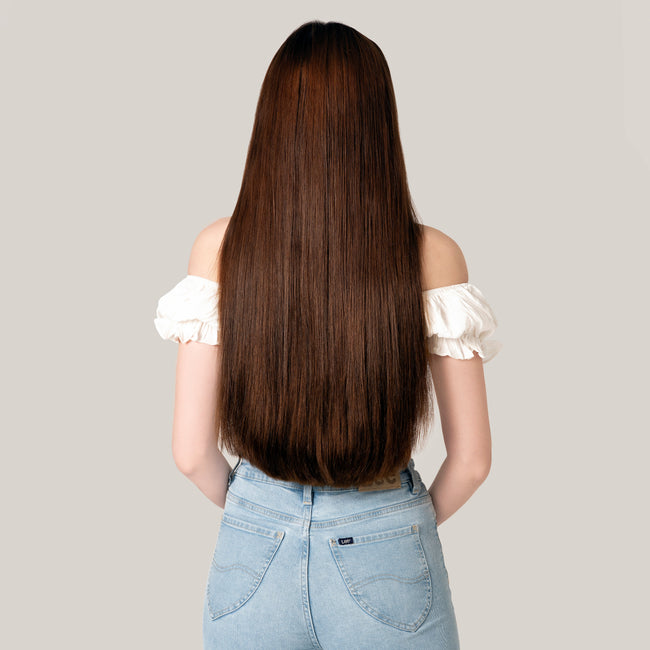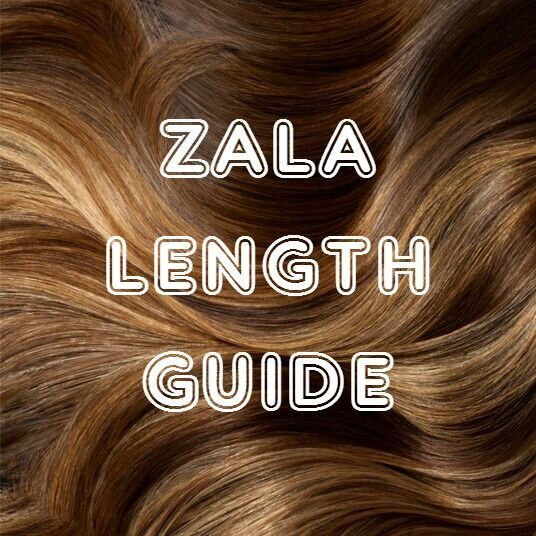What is Remy Hair?
Understand what Remy hair is and why it's the best choice for natural-looking, long-lasting hair extensions.
Here at ZALA, we always say that our products are 100% human Remy hair.
Of course, this is to prove that our hair extensions are of the highest quality, made with care and precision. The kind of quality that you lovelies deserve 100%! But what exactly does 'Remy' hair mean?
Remy describes the method of hair collection, which is bit different than non-Remy. In Remy hair extensions, the hair strands are all aligned in their original direction. This results in a more natural and realistic look, since this is how real hair is like too.

What Is Human Hair Made Of?
Human hair is primarily composed of a protein called keratin, which is the same protein that makes up our skin and nails. Each strand of hair consists of three layers: the cuticle, cortex, and medulla. The cuticle is the outermost layer, which protects the hair and gives it its shine. The cortex provides strength, color, and texture, while the medulla is the innermost layer, often present in thicker hair types. The health and alignment of these layers, especially the cuticle, play a crucial role in the quality and appearance of hair extensions.
Is Remy Hair Good?
The biggest difference between the two is how the hair strands were collected to make the final product. Non-Remy hair is usually collected from brushes and other cut hair, so the strands tend to be facingdifferent directions. Not to mention, non-Remy extensions or wigs need to go through several chemical processes before they can be sold. The results aren't as natural-looking, but since they're easier to mass-produce, they cost way less than Remy.
Benefits of Using Remy Hair
- Washable
- Very high quality
- Easily blends with your own hair
- Can be styled the way you would do real hair
- Looks and feels like real human hair
- Lasts longer than other types
Frequently Asked Questions
-
Is Remy better than non-Remy?
- In many ways, yes. Non-Remy is much cheaper than Remy, but the results from the latter look way more natural than the former.
-
Is virgin hair different from Remy hair?
- Virgin hair means 100% untreated hair, usually from a single person. Remy doesn't automatically mean virgin, though it doesn't go through the same chemical processes that non-Remy hair goes through.
-
Is human hair the same as Remy hair?
- No. At least, not really. Remy hair is human hair, but not all human hair is Remy hair. Even non-Remy hair can be human hair, you know. It all depends on the method used to collect them.
-
Is it true that non-Remy is low quality?
- Not necessarily. There are a lot of factors that have to be considered before labelling different types of hair extensions or wigs as 'low quality'. What we can say for sure though is this: Remy is 99% of the time better than non-Remy. We're leaving the 1% for possible exceptions.
-
Can I use heat-styling tools on Remy hair?
- Remy hair is tough and can withstand heat like normal, natural hair can. But don't abuse them, just treat them like how you would treat your own hair.
-
Can I bleach Remy hair?
- Yes, but once again, always exercise some caution. Even your own hair can't take too many bleach jobs, after all.
-
What is Remy hair made of?
- Remy hair is made of 100% human hair. The key difference lies in the way the hair is collected and processed. In Remy hair, the cuticles are kept intact and aligned in one direction, ensuring the hair remains smooth, shiny, and less prone to tangling.
-
What is human hair blend?
- Human hair blend refers to a mix of real human hair and synthetic fibers. This type of blend aims to combine the natural appearance of human hair with the durability and affordability of synthetic hair. However, because it contains synthetic fibers, it doesn't offer the same level of heat resistance or styling flexibility as 100% human hair extensions.
Now you know what we mean by saying that our hair extensions are 100% human Remy hair! If you've got more questions, you can ask them in the comments below!
For more hair-related discussions, check out our ZALA blog!
Share This Post:




